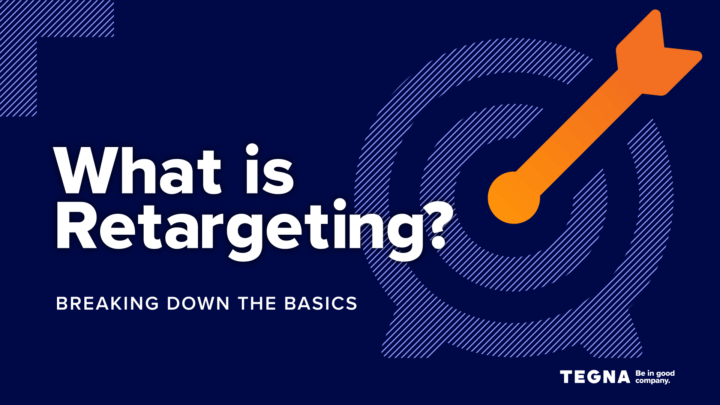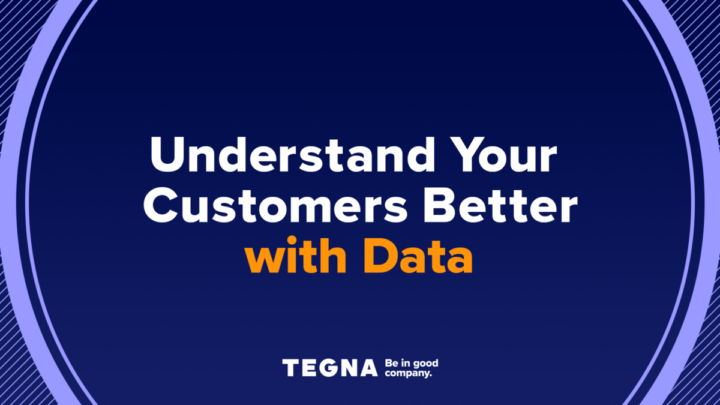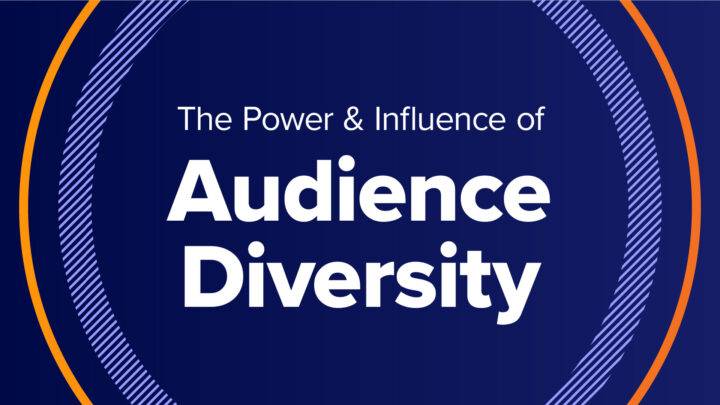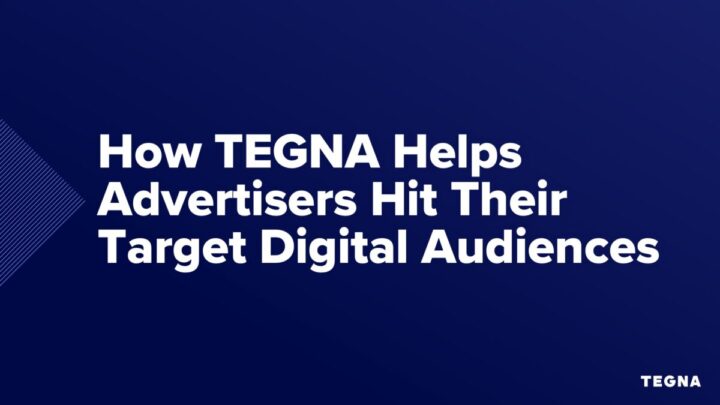What is Native Advertising?
An in-depth look at the similarities and differences between content marketing and native advertising, as well as some ways marketers can successfully use native advertising to deliver content and grow brand awareness.
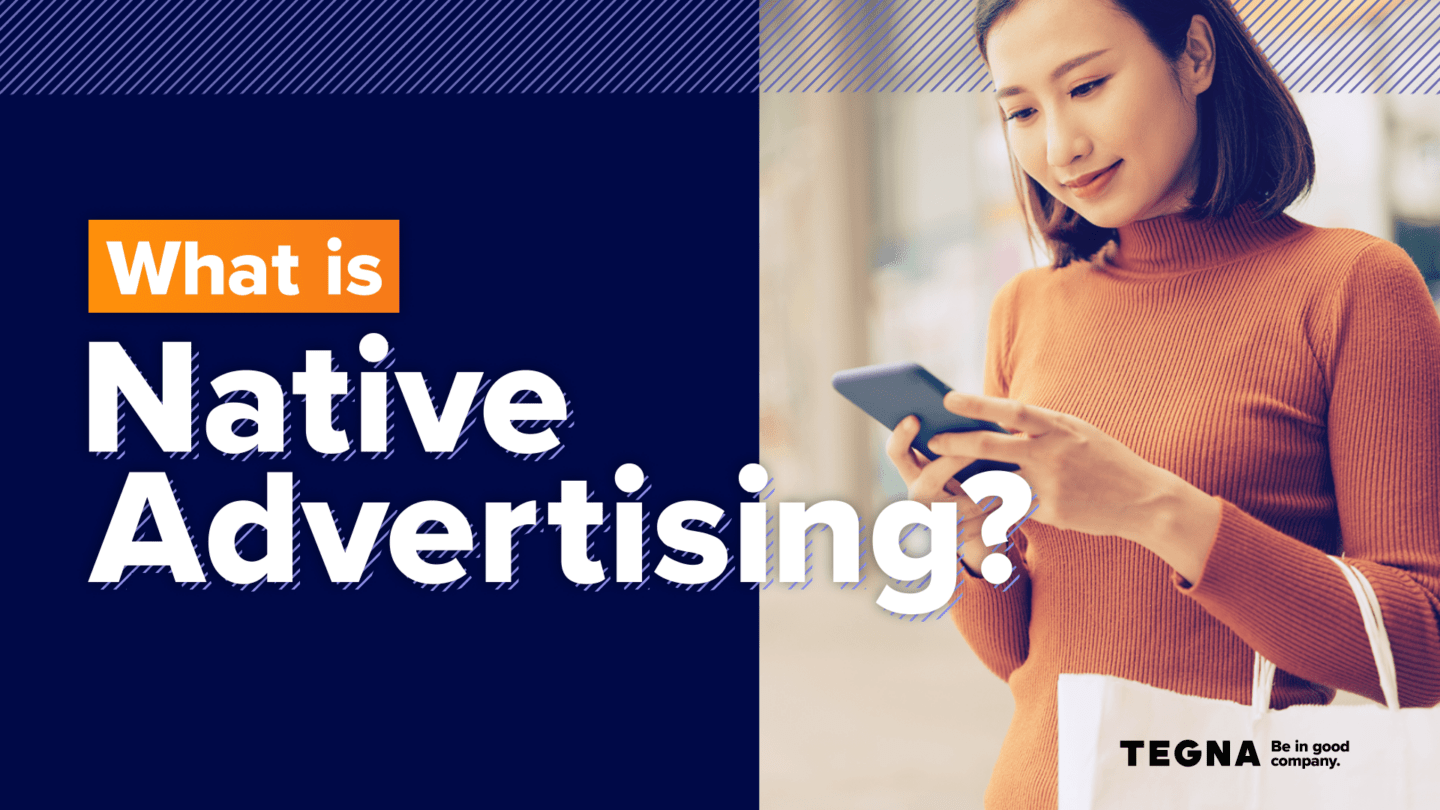
When you hear the term “native advertising,” what comes to mind? If you’re like many people, you might think of content marketing. In fact, some marketers use the two terms interchangeably. While the two concepts are associated with each other, native advertising is more accurately described as a way for marketers to distribute content.
In this post, we’ll discuss in more depth the similarities and differences between content marketing and native advertising and some ways marketers successfully use native advertising to deliver content and grow brand awareness.
Native Advertising Defined
What is native advertising? One way to describe it is advertising that blurs the lines between content and marketing. Native advertising, sometimes referred to as sponsored content, matches the visual experience of editorial content in an online publication but is intended to promote the advertiser’s product.
How Does Native Advertising Work
A successful native advertisement blends seamlessly into the channel it appears. The goal of native advertising is to include subtle, relevant ads that do not change or disrupt the user experience.
How is Native Advertising Different from Content Marketing?
Native advertising is a lot like content marketing, not only in look and feel but in terms of providing relevant information targeted at a specific audience. However, the content is not published on the advertiser’s website but instead uses premium placement on other publishers’ websites to reach a particular audience. Native advertising allows marketers to deliver content to audiences based on demographics and location and via contextual and behavioral targeting capabilities.
Why Use Native Advertising?
Native advertising is intended to be different from traditional advertising by blending more seamlessly with the overall user experience. In other words, it’s a part of the experience rather than disruptive. It’s intended to be more educational and informative in nature, and research indicates that it’s effective. Survey data shows that 70% of internet users favor learning about products through content rather than traditional advertising, and purchase intent is 53% higher with native ads.
Native advertising is based on a pay-to-play model. Brands pay for the placement of their advertisements alongside relevant content on other publishers’ websites.
What Channels Use Native Advertising?
Native ads can be a great way to promote content on websites and digital publications. They offer a seamless user experience and should be engaging to read. On a website, these may be designated by a “Featured” or “Sponsored” section”
4 Types of Native Advertising Opportunities
1. Content Recommendation Engines. For native advertising on significant publishers, this can be a great way to drive traffic to your own website. This type of native advertising makes suggestions to the audience about products they may be interested in based on their interest in the publisher’s content. These suggestions take the form of “You Might Also Like …” or “Recommended for You …” ads.
2. Promoted Listings. These types of ads are used by ecommerce sites to feature certain sponsored products first — on a category page, for example. This type of native advertising can be cost-effective since some ecommerce sites, such as eBay, do not charge merchants for promoted listings unless the item sells.
3. In-Feed Sponsored Content. In-feed ad units appear within a website’s article index alongside the publisher’s original content. It’s identified as an ad but blends in with the overall user experience. For example, social media platforms like Facebook, Instagram, and LinkedIn allow brands to promote particular posts so that they appear in users’ newsfeeds.
4. Contextually Relevant Ads. This is a type of native advertising that uses an automated process to match ads with relevant digital content, usually based on keywords. Google AdSense is a major player in this space.
A study by Business Insider indicates that native ads have a much higher click-through rate than traditional ads. Consumers see native advertising as informative; some don’t perceive it as advertising. In addition, consumers tend to have a higher recall for native ads and respond more positively than traditional ads.
It’s a good idea, however, to ensure that an ad is clearly labeled as such to avoid potential FTC scrutiny and, because doing so, increases trust among consumers. A professional partner can help you steer clear of potential problems and leverage the benefits of native advertising.
Advantages of Native Advertising
Advertisements are not always well received if they are felt to be disrupting the experience. Native advertising allows advertisers to blend ads into the existing design of the channel without affecting user satisfaction. According to Sharethrough, consumers are 53% more likely to look at native ads than display ads. When it comes to conversions, native ads have an 18% lift in purchase intent and, according to AppNexus, an 8.8x higher click-through rate. The non-intrusive nature of native ads gives them a clear competitive advantage over display ads.
Choosing the Right Native Advertising Platform
Native advertising is a great way to deliver content to target audiences seamlessly. To maximize the effectiveness of your native ads, you need to choose the right advertising platform. TEGNA is here to help. Learn more about advertising with TEGNA.

